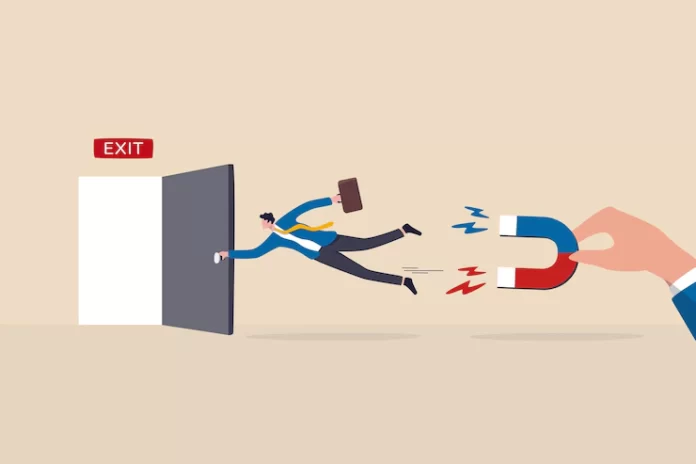Why do customers churn?
Customers leave businesses for several reasons. These might include:
- They found something better than what you have to offer
- You didn’t deal with their complaints
- The product isn’t up to their expectations
- Poor customer service
- They can’t afford your product or service anymore
- Changes to the product or service that no longer fit their needs
- Clients making a switch in direction
- Industry or government changes have an influence
- Mergers or acquisitions
- They’re not getting the customer support they need
These are only a few of the most typical reasons, and while some are beyond your control (budget challenges, mergers), many may be readily remedied if you know how to recognize them early.
We’ll show you how to create customer retention techniques to lower your turnover rate in this article.
Now that you understand why consumers churn, let’s look at how you can minimize it.
1: Set customer expectations – and nail them!
If you can’t provide the Earth, don’t promise it. The last thing you want is a huge gap between the initial impression you provided a new customer and their expectations of what working with you would be like, and the reality, which is significantly less polished.
If that’s the case, they’re not going to last long. Ascertain that all aspects of the company are coordinated and in harmony. Set realistic and attainable goals, then strive to surpass them.
You won’t go far wrong if you’re constantly seeking ways to provide value and pushing to enhance your product, service, and delivery.
2: Listen to customers
There’s no better place to get feedback on your products and services than from your existing consumers. Customers should be encouraged to communicate their thoughts, suggestions, complaints, and niggles with everyone on the team.
If you can create a culture of openness and transparency, you’ll likely learn about any concerns far sooner than if team members are hesitant to bring up issues.
You’ll have more time and a greater chance of correcting it if you get this information early. Active listening, when done correctly, may have a huge impact on a company’s attrition rate.
3: Identify Your Weaknesses
You’ll be able to assess your company’s strengths and flaws after reviewing client comments.
Pay attention to your consumers’ problems. This may assist in revealing larger issues that your items may have.
You may begin making the essential improvements after you’ve recognized them.
To improve your product and keep your clients, strive to answer any complaints voiced by them.
4: Focus on your customer service
Even one person on your staff providing poor customer service can send a consumer away, regardless of how amazing your product is.
Poor customer service, notably unhelpful employees and delayed service, is the biggest cause of customer turnover, accounting for around 70% of all reasons consumers quit.
Everyone in the firm should know how to communicate with consumers, whether they’re working with them on a daily basis, answering phones, or managing the company’s social media.
It’s also critical to be responsive and respond to client inquiries as promptly as feasible. Things like your online chat may be automated to assist increase response times, and having a customer forum or knowledge base where consumers can discover solutions to frequent concerns can also help.
5: Create a customer community
Customers are loyal to companies that have created a community around their products, services, and clients. Consider starting a forum or a Facebook group to interact with consumers.
This provides them a forum to ask questions, exchange best practices, and provide feedback about your product or service.
You may even organize events for certain consumers to show them how much you appreciate them. Customers will be more loyal if you develop a community for them, and they will be less likely to churn if something goes wrong.











